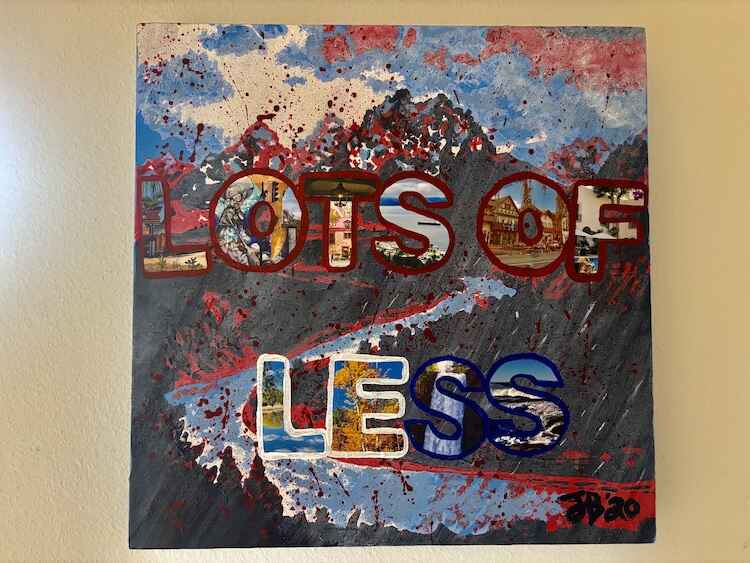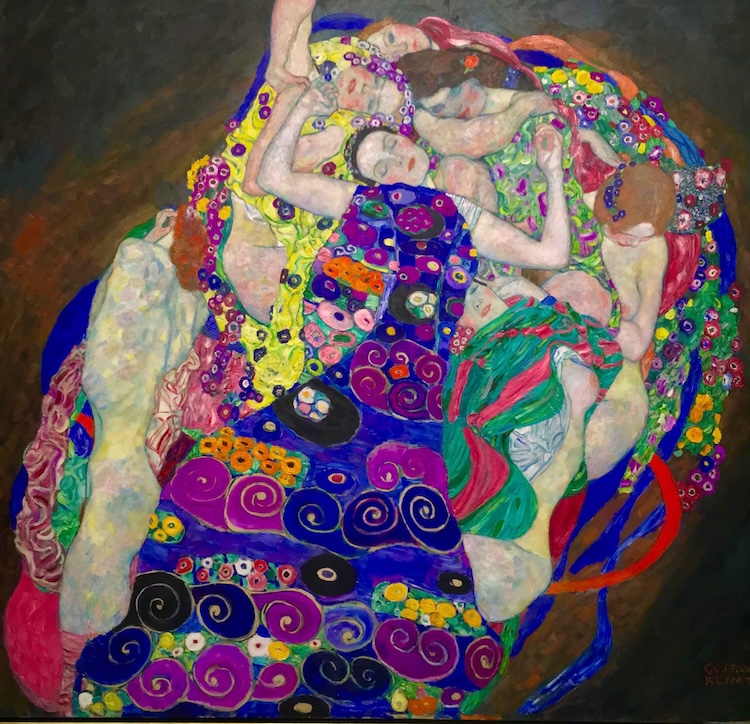During the Reagan administration, the unwritten Eleventh Commandment was, Thou shalt not speak ill of fellow Republicans. In 2025, in the wake of the assassination of a notorious young conservative, the new Twelfth Commandment dictates, Thou progressives shalt not speak of Charlie Kirk. Period.
Journalists, pilots, firefighters, teachers, military members, and university professors have all been fired for their comments in the wake of this shooting. There was a website (recently removed) called “Charlie’s Murderers,” where disgruntled Christian nationalists could dox and intimidate people who dared to question Kirk’s sainthood.
Flags across the country were flown at half-mast by presidential decree. The White House announced that October 14, Kirk’s birthday, will now be recognized as a National Day of Remembrance. The NFL hosted moments of silence at their games. And Huntington Beach had a roving gang of white men in MAGA hats with Jesus flags chanting, “White men, fight back! White men, fight back!”
That was, of course, before the white male assassin from the Republican, gun-loving family was captured. And not coincidentally, the day after the assassination, Trump’s “justice” department quietly removed a study from its website showing that the vast majority of political violence is committed by right-wingers.
While Tyler Robinson’s motives remain unclear because he’s not cooperating with the authorities, there’s been a torrent of consequences for progressives.
Under pressure from Trump, Jimmy Kimmel’s show was temporarily thrown off the air for a rather anodyne observation. He said: “We hit some new lows over the weekend with the MAGA gang desperately trying to characterize this kid who murdered Charlie Kirk as anything other than one of them and doing everything they can to score political points from it.” No lie detected.
One man, Larry Bushart Jr. has been held in a Tennessee jail for over a month with his bail set at $2 million. His crime? Posting trolling memes about Kirk to a Facebook page.
What’s remarkable to me is that some of the folks, like former Washington Post columnist Karen Attiah, have been fired for paraphrasing the young bigot’s past statements. Here is word-for-word what Kirk has actually said:
- “I think it’s worth it to have a cost of, unfortunately, some gun deaths every single year so that we can have the Second Amendment to protect our other God-given rights.” (TPUSA Faith Event, 4/5/2023)
- “Reject feminism. Submit to your husband, Taylor. You’re not in charge.” (Kirk’s response to the Taylor Swift and Travis Kelce engagement, The Charlie Kirk Show, 8/26/2025)
- “If I’m dealing with somebody in customer service who’s a moronic Black woman, I wonder is she there because of her excellence, or is she there because of affirmative action?” (The Charlie Kirk Show, 1/3/2024)
And parroting conservative Christian views, he has called trans folks an “abomination” and a “throbbing middle finger to God.”
Of course, not everything he said was so racist or misogynist. He shared a rather tender exchange with a trans student that surprised me. I disagree with his urging this person to find their “diagnosis,” but this opinion was given with thoughtful sensitivity rather than his usual fire and brimstone. (I reckon it’s a lot easier to spew hateful rhetoric when the person affected isn’t standing in front of you.)
Let’s get one thing clear: there has been a near-universal condemnation of this horrible murder. Democrats, independents, Republicans, and the politically unaffiliated have overwhelmingly come out against this violence. Certainly nobody important or influential has been “celebrating” Charlie Kirk’s death. Violence and murdering aren’t really progressives’ thing, actually. (Again, look at the study Trump tried to hide.)
- We weren’t the ones who bloodied capitol police officers on January 6, 2021. Those were confederate flag-waving Trump supporters who later received pardons.
- We weren’t the ones who assaulted and killed elected legislators for their politics. It was a right-winger who assassinated Melissa Hortman, Minnesota’s Speaker of the House, her husband, and dog this year—a heinous act that received zero response from the White House. Oh, and let’s not forget the right-wing lunatic who nearly beat Nancy Pelosi’s husband to death.
- We weren’t the ones who ordered an armed, poorly trained group to bust the skulls of immigrants and protesters. Those would be America’s least favorite racists and high school dropouts: ICE agents.
We were, however, the ones who have tried to make this country a little bit easier for everyone, advocating for affordable healthcare, housing, and education. We’ve tried to stand up against the oppression of women, LGBTQ+ folks, and minorities that the Bible is often used to justify. You know what they say: There ain’t no hate like Christian love.
Are progressives losing the messaging war? Absolutely. Can we be insufferable in our virtue signaling? Yes, yes we can. Do we have too many ancient establishment leaders who are not meeting the moment? One-hundred percent.
But progressives are coming from a place of fairness and love. We’re pissed off but largely peaceful. Trump’s white MAGA goon squad says, Fuck your feelings! and they don’t realize that we are NOT their enemy. We aren’t the reason they can no longer afford their groceries or find decent wages.
Right now, MAGA’s fury is centered on women, immigrants, and trans folks. And Charlie Kirk’s death is being used as a cudgel to silence us and an excuse to go to war. But when that rage finally discovers the real culprit of their misery—the dirty-rich oligarchs who consistently put profits over people—Americans may actually be able to reconnect across this abysmal political divide.














